Tomatoes are the heart of countless comfort dishes—from rich pasta sauces to hearty stews and vibrant curries. But when tomato season peaks and your kitchen overflows with ripe, juicy fruit, what’s the best way to preserve their flavor for months to come? Freezing tomatoes for sauce is a simple, efficient method that locks in freshness and gives you a head start on future meals.
Whether you’re a home gardener with a bumper crop or a savvy shopper who scored a deal at the market, this guide will walk you through everything you need to know—from selecting the right tomatoes to freezing and reheating your sauce like a pro.
Why Freeze Tomatoes For Sauce?
Table of Contents
Freezing tomato sauce offers several advantages over canning or storing raw tomatoes:
– Convenience: Pre-made sauce means faster meal prep.
– Flavor retention: Cooking and freezing preserves the rich taste of ripe tomatoes.
– Space-saving: Frozen sauce takes up less room than whole tomatoes.
– Versatility: Use it in pasta, pizza, soups, shakshuka, or even as a base for curry.
Plus, freezing is beginner-friendly—no sterilizing jars or pressure canners required.
How To Store Tomatoes For Sauce
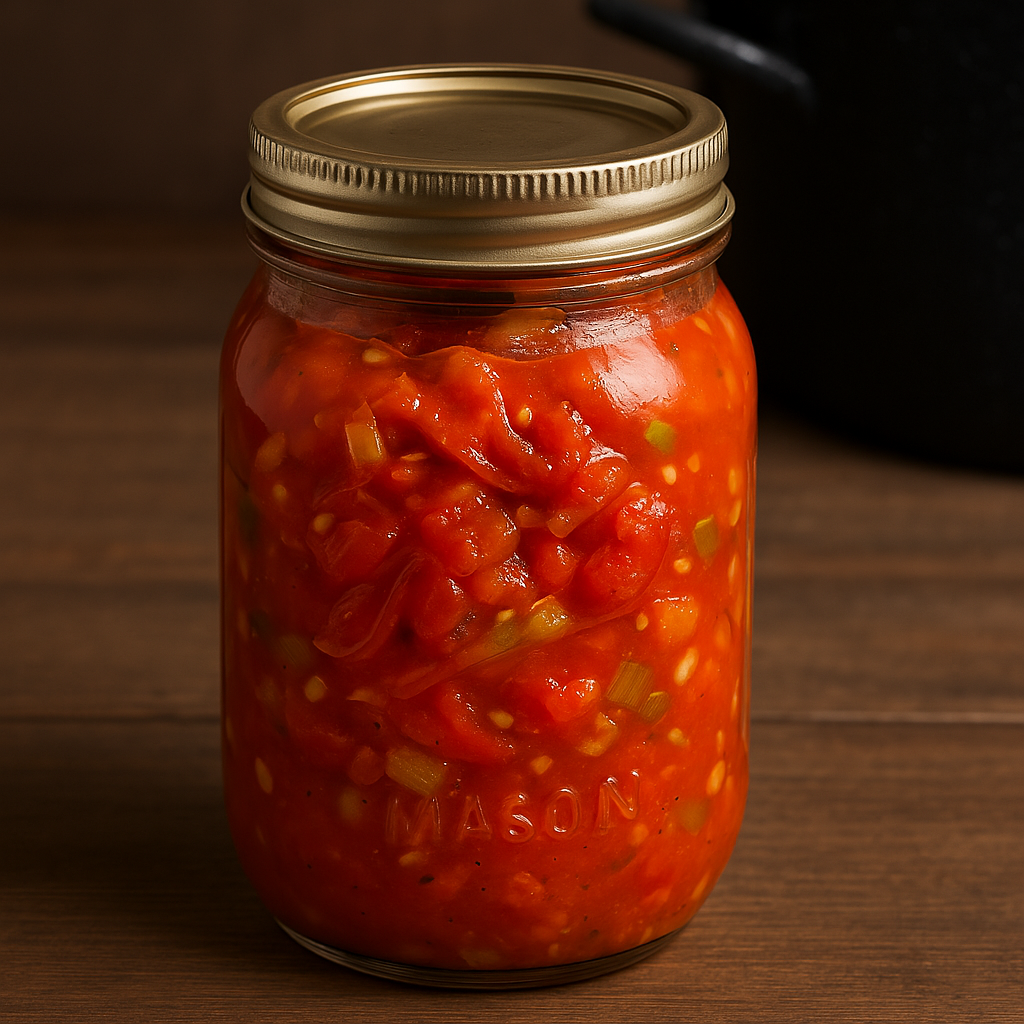
Here is a complete guide on how to freeze and store tomatoes for making sauce.
Choose the Right Tomatoes

Not all tomatoes are created equal when it comes to sauce. For best results, opt for varieties that are meaty and low in water content:
– Roma (Plum) Tomatoes: Classic choice for sauces.
– San Marzano: Italian heirloom variety with rich flavor.
– Amish Paste or Opalka: Great for thick, flavorful sauces.
– Cherry or Grape Tomatoes: Can be used, but require longer cooking to reduce water.
Avoid overly watery or bruised tomatoes—they’ll dilute your sauce and affect texture.
Wash and Prepare The Tomatoes
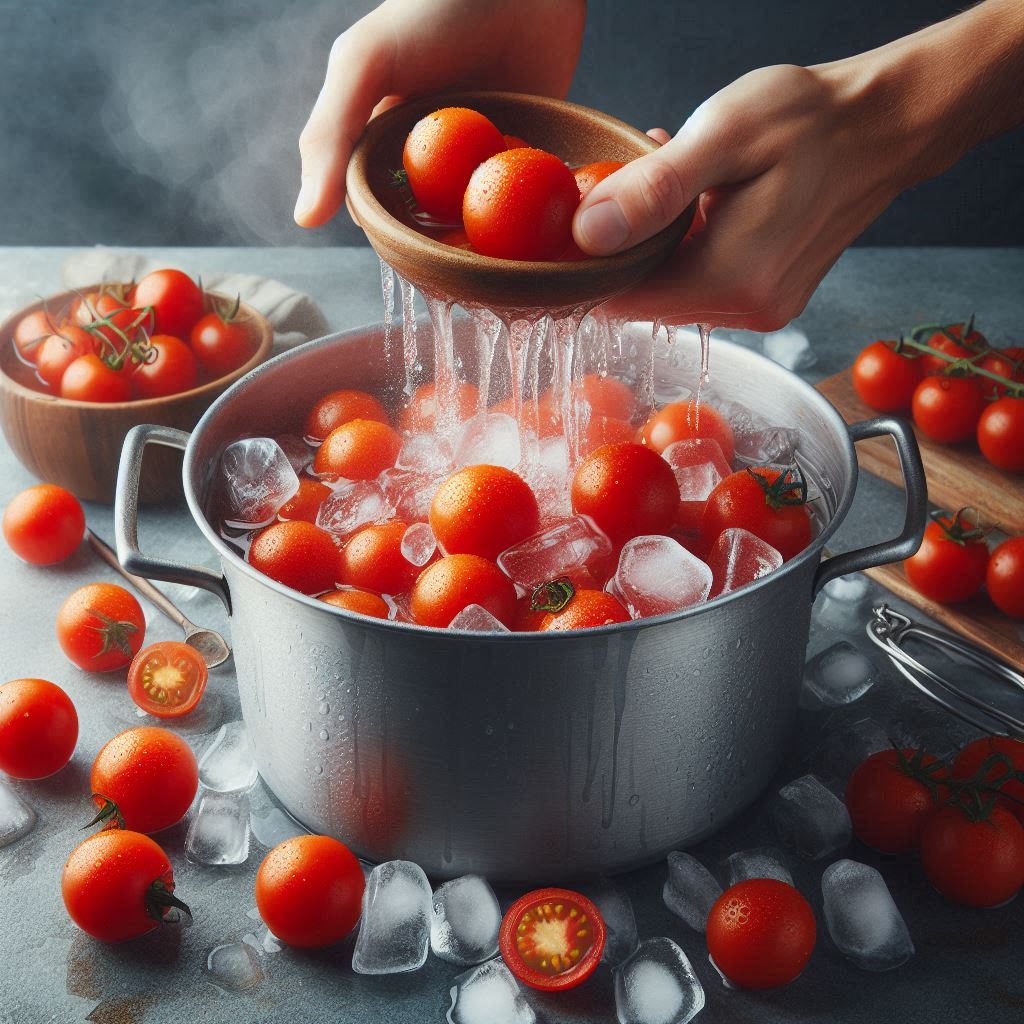
Before cooking, give your tomatoes a good rinse to remove dirt and pesticides. Then:
– Remove stems and cores using a paring knife.
– Optional: Peel the skins by blanching.
Blanch and Peel Tomatoes

– Bring a large pot of water to a boil.
– Score a small “X” on the bottom of each tomato.
– Drop tomatoes into boiling water for 30–60 seconds.
– Transfer immediately to an ice bath.
– Once cooled, peel off the skins—they should slip off easily.
Why peel? Tomato skins can become tough and papery after freezing. If you prefer a smooth sauce, peeling is worth the extra step.
Cook the Sauce
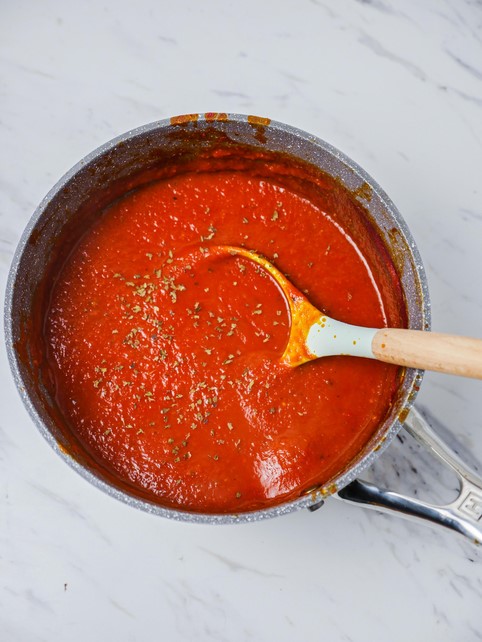
Now comes the fun part—building flavor. Here’s how to cook a basic tomato sauce.
Basic Tomato Sauce Recipe
Ingredients:
– 2 kg ripe tomatoes (peeled and chopped)
– 2 tbsp olive oil
– 1 onion, finely chopped
– 4 cloves garlic, minced
– Salt and pepper to taste
– Optional: fresh basil, oregano, thyme, chili flakes
Instructions:
– Heat olive oil in a large pot.
– Sauté onion until translucent, about 5 minutes.
– Add garlic and cook for 1 minute.
– Add chopped tomatoes, salt, pepper, and herbs.
– Simmer uncovered for 30–45 minutes, stirring occasionally.
– Blend with an immersion blender for a smooth sauce, or leave chunky for rustic texture.
– Optional: strain through a sieve to remove seeds and skins.
Simmer longer for thicker sauce. You can also roast tomatoes before blending for deeper flavor.
Cool and Portion
Cooling your sauce quickly is key to food safety and preserving texture.
– Transfer sauce to a shallow pan or bowl.
– Place in an ice bath or let cool at room temperature.
– Once cooled, portion into freezer-safe containers.
Best Containers for Freezing
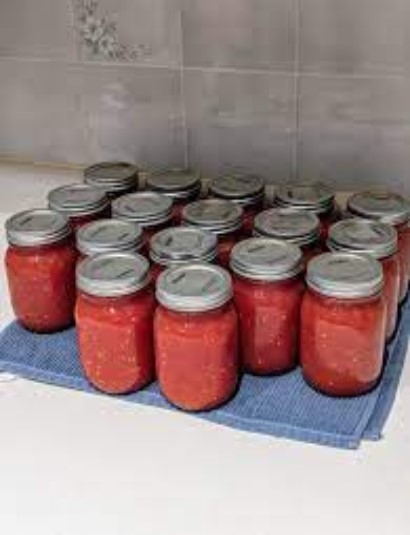
– Ziplock freezer bags: Lay flat for easy stacking.
– Glass jars: Leave 1-inch headspace to prevent cracking.
– Plastic containers: BPA-free and airtight.
– Silicone trays: Great for single-serve portions.
Label each container with the date and contents using a permanent marker.
Freeze Properly
Place containers in the freezer, ideally in a single layer until solid. Once frozen, you can stack them to save space.
How Long Does Frozen Tomato Sauce Last?
Best flavor: Use within 3–4 months.
Safe to eat: Up to 6 months.
Beyond that, the sauce may develop freezer burn or lose flavor intensity.
Thawing and Reheating
When you’re ready to use your sauce:
– Thaw overnight in the fridge.
– Quick thaw: Place sealed bag in cold water for 30–60 minutes.
– Reheat gently on the stove or microwave.
Avoid boiling frozen sauce directly—it can separate or scorch.
Creative Ways to Use Frozen Tomato Sauce

Your frozen sauce is a blank canvas for countless dishes. Here are a few ideas:
– Spaghetti or penne with fresh basil and parmesan.
– Pizza base with mozzarella and toppings.
– Shakshuka with poached eggs and chili.
– Tomato soup with grilled cheese.
– Chili or stew with beans and veggies.
– Butter chicken or paneer curry with Indian spices.
You can also customize your sauce after thawing—add cream, meat, or extra herbs depending on the dish.
Tips for Success
– Batch cook: Make large quantities and freeze in meal-sized portions.
– Avoid dairy or meat before freezing—add those when reheating.
– Use stackable organizers in your freezer to stay tidy.
– Freeze in ice cube trays for small portions—perfect for quick lunches or flavor boosts.
Troubleshooting Common Issues
– Watery sauce after thawing? Simmer to reduce or add tomato paste.
– Freezer burn? Use airtight containers and avoid overfilling.
– Flavor faded? Add fresh herbs, garlic, or a splash of balsamic vinegar when reheating.
Freezing Raw Tomatoes
If you don’t have time to cook sauce now, you can freeze raw tomatoes and make sauce later.
How to Freeze Raw Tomatoes
Now here’s what to do to freeze raw tomatoes
– Wash and dry thoroughly.
– Core and optionally peel.
– Chop or leave whole.
– Place in freezer bags, remove air, and seal.
– Freeze flat.
When ready to use, thaw and cook as usual. Note: texture will be softer, but flavor remains intact.
Wrapping Up
Freezing tomatoes for sauce is one of the easiest ways to preserve summer’s harvest and enjoy garden-fresh flavor all year long. With just a few steps—wash, peel, cook, cool, and freeze—you’ll have a stash of rich, homemade sauce ready for any occasion.
Whether you’re prepping for busy weeknights, stocking up for winter, or simply savoring the joy of seasonal cooking, this method ensures you always have a taste of sunshine at your fingertips.
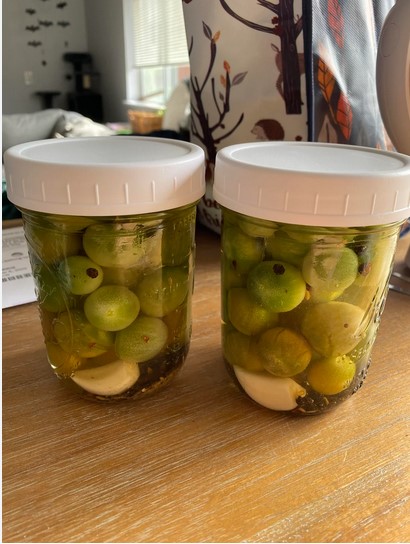
Leave a Reply